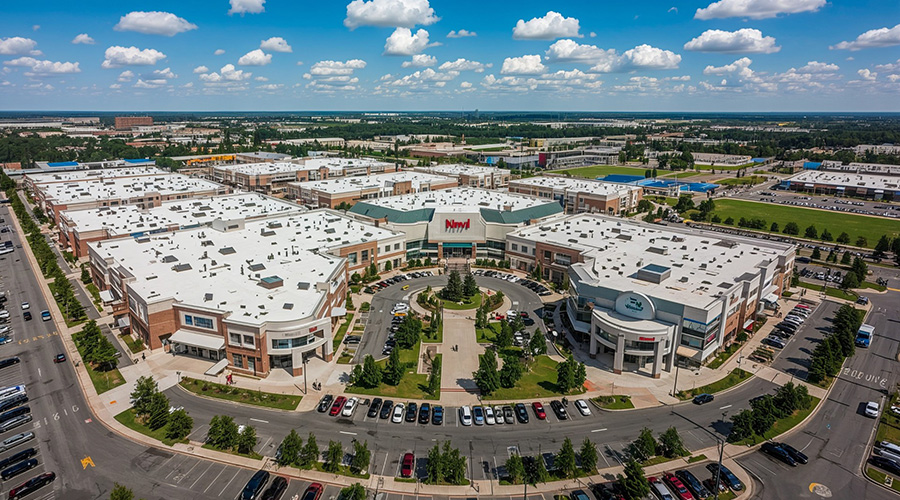TeleHealth Services, the nation’s leading provider of patient experience solutions, announces lower prices on LG and Samsung televisions with free three-year warranties to help hospitals navigate market uncertainty and make investments in patient-centric care and consumer-driven solutions.
Ambiguity in the federal government discussions about repeal and replace of the Affordable Care Act (ACA) and potential changes in Medicare are causing some hospitals to delay projects and spending. According to Reuters international news service, this uncertainty is likely driving a decline in the municipal bond market, where nonprofit hospitals access capital. However, some hospitals, especially in markets with a growing population, are moving forward on capital investments.
TeleHealth Services has helped hospitals for the past 60 years with the technology infrastructure in patient rooms as a strategy to differentiate services and create a better patient experience. The investments in Smart TVs and interactive patient engagement systems improve care, support financial reimbursements, increase safety and HCAHPS patient satisfaction scores, and reduce readmissions.
While at home, people watch TV an average of six hours a day. In a hospital, TV viewing increases to almost 11 hours each day. Hospitals are investing in an infrastructure that provides quality entertainment on high-definition televisions on par with what patients experience when they are at home or in a hotel room.
Televisions Designed Specifically for Hospitals
Healthcare-grade Smart TVs offer a range of non-technical benefits to a hospital facility as well, from space savings to better aesthetics, and pillow speaker interfaces to integrate Nurse Call and TV control. Manufacturers engineer healthcare-grade televisions specifically for use in the hospital setting with an understanding that patients and their families expect to have entertainment as a form of “distraction therapy” when they are in the hospital.
Knowing the TV is a “must have” feature in the patient room with high demand, hospitals turn to the healthcare-grade Smart TVs that meet the more rigorous electrical UL standards in hospitals and are sturdier than consumer models. In addition, they include numerous features designed to ease installation and increase patient satisfaction, such as volume-limit controls, multiple inputs for pillow speaker control, and front panel locking control. Facility managers benefit from set-up via USB cloning and newer model TVs have Digital Rights Management technology to protect HD content delivery. TeleHealth Services understands what is required to create an optimal HD entertainment solution to insure patient satisfaction.
Hospitals need to focus on maintaining the best clinical care – not maintaining a TV system. To ensure this, TeleHealth Services is the only provider including three-year warranties on healthcare-grade television models at no additional cost for hospitals and five-year warranties at a nominal fee.
Interactive Education, Empowerment and Engagement
The technology infrastructure to support quality entertainment also provides a platform to educate patients about their care, transforming bedside televisions into a valuable clinical resource. Interactive patient engagement systems are becoming integral to the patient and staff satisfaction standards in hospitals.
Recently, TeleHealth Services announced
iCare Navigator as the first enterprise-scale interactive patient engagement platform using an empathetic “virtual health coach” driven by artificial intelligence. The technology platform is integrated with Electronic Medical Records (EMRs) and other clinical and non-clinical systems to automate workflow and provide a personalized care plan for the patient.
“The patient room TV is a fundamental part of the patient experience for both entertainment and delivery of care. Better outcomes are seen when we enhance the communication with the patient and family through devices and tools they use every day,” said Gary Kolbeck, vice president, business development for TeleHealth Services. “Smart investments in hospital television technology address today’s patient satisfaction, education and quality of care improvement opportunities. The patient TV is no longer just a passive viewing device, so decisions today need to account for ways to leverage investments to do more. With uncertainty in national healthcare reform, and as health systems struggle to do more with less, hospitals must focus on technology solutions that can engage patients, boost patient satisfaction, automate care delivery and provide a platform to drive favorable outcomes.”

 Healthcare Is the New Retail
Healthcare Is the New Retail Bridgeway Behavioral Health Services Launches Campaign to Renovate Health Center
Bridgeway Behavioral Health Services Launches Campaign to Renovate Health Center Ground Broken for New North Dakota State Hospital
Ground Broken for New North Dakota State Hospital AI Usage for Healthcare Facilities
AI Usage for Healthcare Facilities Ground Broken on Pelican Valley Senior Living Modernization Project
Ground Broken on Pelican Valley Senior Living Modernization Project